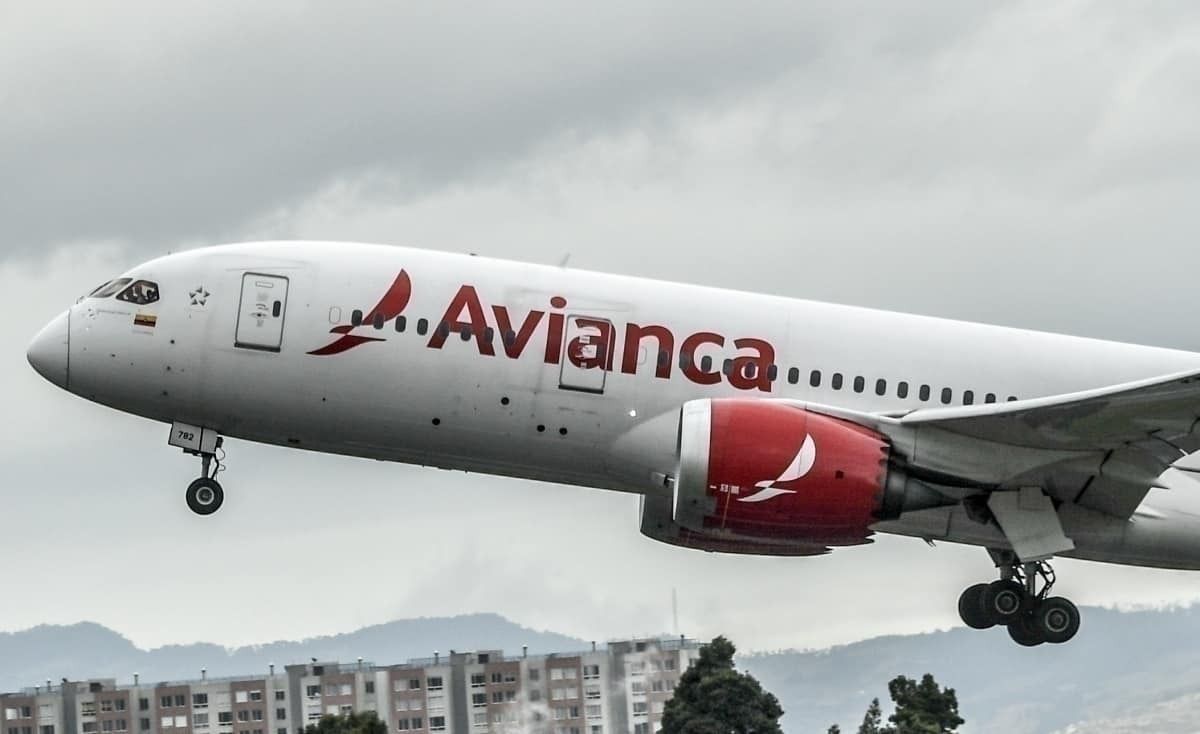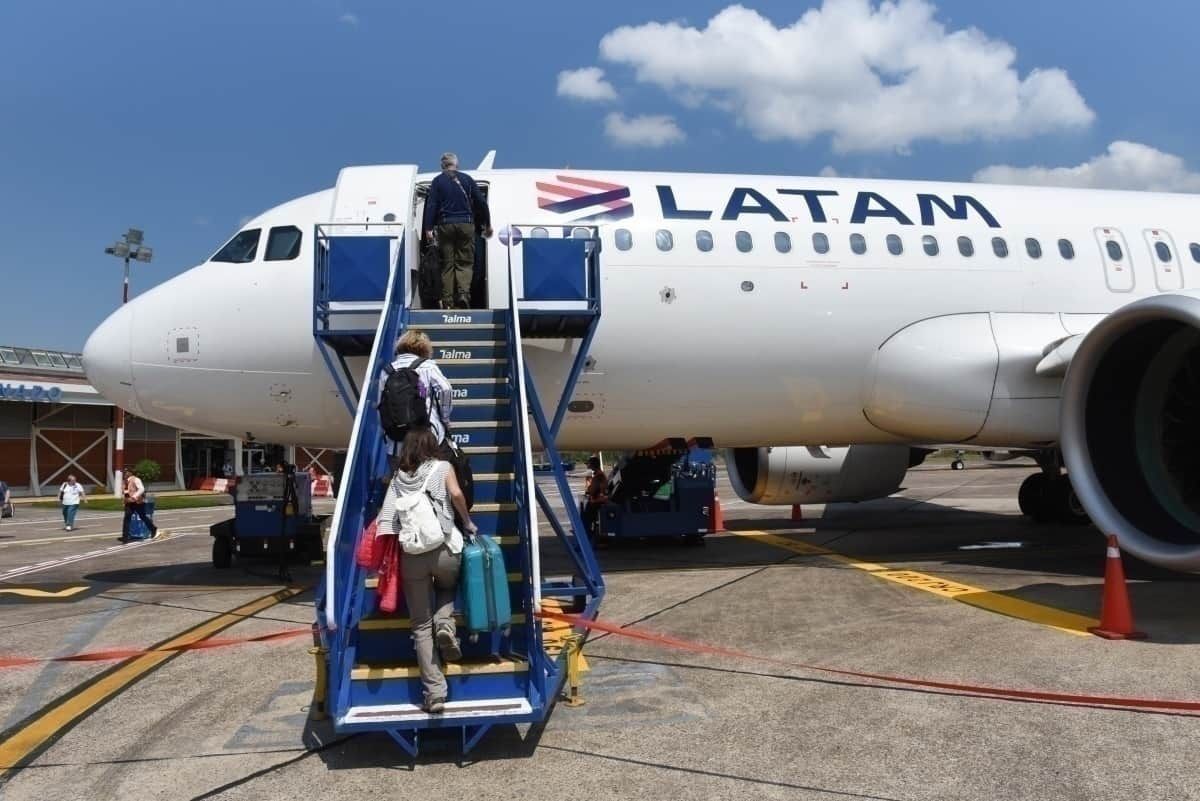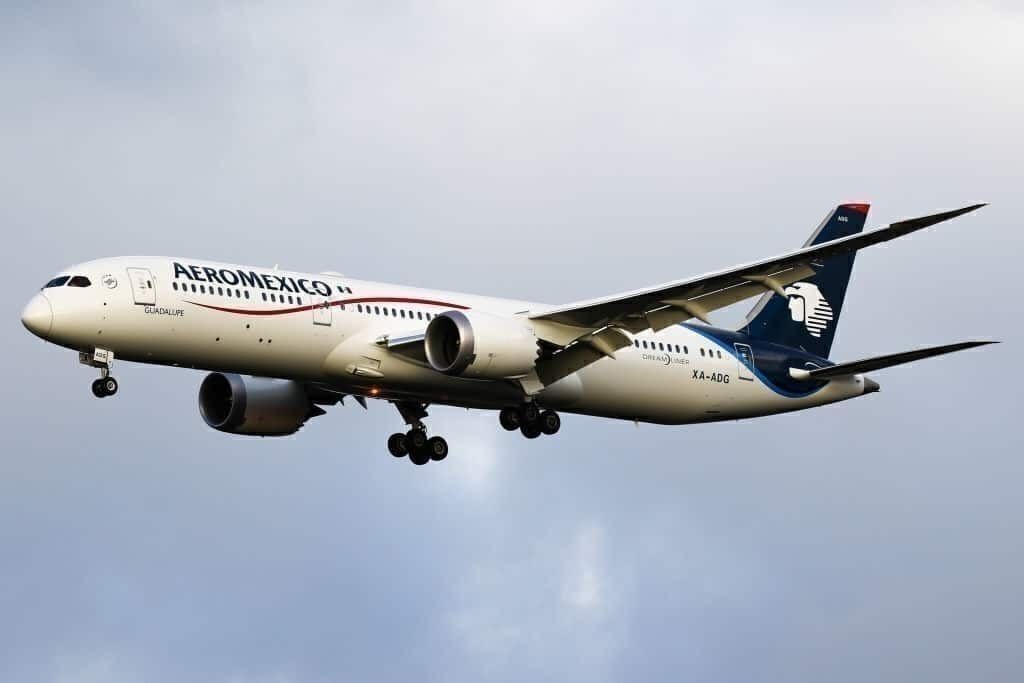Avianca’s fleet will come down from 142 aircraft to just ten from 23 March to 1 May. The South American airline will also stop all international flights and reduce 84% of its domestic capacity. Let’s investigate further.
South America is becoming a no-fly zone.
Though only the Guayaquil mayor went to the extreme of actually blocking the runway in her city with pick up trucks, South American countries are currently stopping all flights in the region.
The airlines in the region are currently estimating that the pandemic will cost them US$8 billion. The amount will probably grow in the next few weeks, leaving the airlines in Latin America in extreme financial distress.
As Avianca’s CEO Anko van der Werff said,
“It is time for the Governments in the region to take exceptional measures that mitigate the social and economic impact. We urge them to reconnect Latin America and preserve more than 20,000 jobs that we generate.”
Currently, only a few countries in Latin America remain open to international flights. Among these are Mexico, Brazil, Cuba and to some degree, Venezuela, and Uruguay. Because of these measures, some airlines like Copa Airlines, LATAM, and Avianca are in emergency mode.
Which aircraft will Avianca hold onto?
The South American airline is leaving 22 widebodies, 100 narrowbodies, and ten ATR on the ground for the following month.
This leaves Avianca with five Airbus A320 and five ATR turboprops to operate domestically. It will have a small number of domestic routes as it has slashed 84% of its capacity.
Avianca is also stopping any new hirings and is encouraging its workers to take voluntary leave without pay. Additionally, it is negotiating its payments with its providers and it is cutting non-essential costs trying to preserve cash.
“This is without a doubt the hardest crisis in the air industry’s history. These decisions hurt us as they are extremely hard to take, but we must be flexible and face the situation,” added Anko van der Werff.
Aeromexico and Volaris also have more cuts
Grupo Aeromexico announced that it is grounding 40 airplanes. The Mexican carrier will ground 13 Boeing 787 Dreamliners, 15 Boeing 737 NGs (plus the six MAXs already grounded since last year) and 12 Embraer E-190s.
The airline is also slashing 17 international routes and one domestic. Furthermore, it is reducing the number of flights to 23 international and 31 domestic routes.
Volaris, the biggest airline in Mexico in terms of passengers, also canceled several routes. The international destinations in Guatemala and El Salvador are suspended until 1 and 3 April, respectively.
The low-cost airline maintains its route between Mexico City and San José, Costa Rica. However, Volaris added that every other route to and from Costa Rica is suspended until further notice. Finally, the airline states that Mexico’s and United States’ routes continue open.
Interjet, another Mexican airline, has canceled 40% of its capacity. The airline is saying that this probably will grow and that it currently doesn’t have a number of parked aircraft. This low-cost carrier is taking a big hit due to the closure of the airspace in South American countries such as Colombia and Peru.
What is the best approach to saving the South American aviation industry? Let us know your thoughts in the comments.



